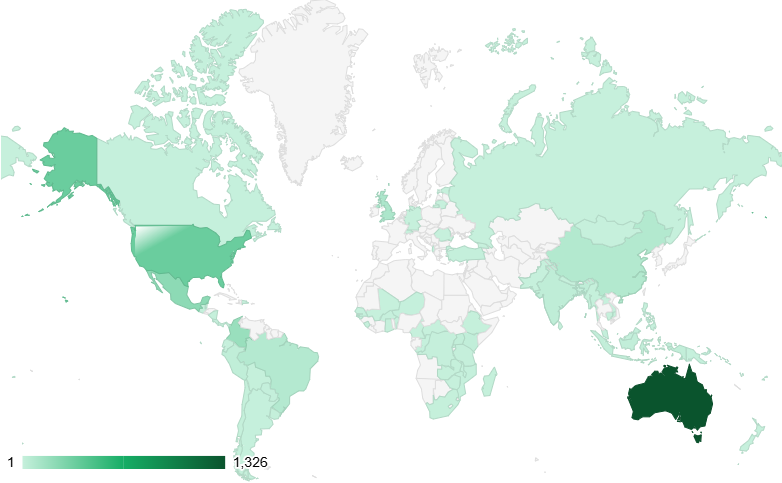At AlliedOffsets, we continuously strive to upgrade our carbon market datasets, enhancing both their quality and volume. Our geospatial data is no exception. Over the past year, we've expanded our geospatial dataset from under 500 to over 2,500 projects, providing our clients with valuable resources to utilize independently or alongside metrics in our geospatial dashboard, such as fire detections and ecological integrity.
Project Area Data
Our geospatial dataset includes shapefiles representing project areas, predominantly within the AFOLU (Agriculture, Forestry, and Other Land Use) sector. These shapefiles are sourced in three primary ways:
- External sources
- Registry/Standard websites
- Project Design Documents (PDDs)
It's important to note that shapefiles from external sources and registries must have their Coordinate Reference Systems (CRS) rectified to match our database standard (EPSG:4326). Additionally, their geometries are meticulously corrected if found to be inaccurate. We’ve outlined this process in more detail in a previous blog post.
Registry Coverage: Shapefiles from 14 Registries
By collecting shapefiles from a diverse array of sources, our database visually represents projects registered with 14 different carbon credit registries. This ensures that our data is both high-quality and highly reliable. Presently, over 50% of our shapefiles are registered with the Australian Carbon Credit Unit (ACC) Scheme, with the Climate Action Reserve (CAR) and Verra (VCS) contributing approximately 15% each.

Geographic Coverage: Projects on Six Continents
Our shapefile database spans 71 countries across six continents, covering a vast geographical area. This global coverage is depicted in the following heatmap, which represents the number of projects per country. The accompanying table highlights the countries with the most project areas in our database.


Colombia stands out for its diverse geospatial data, hosting project areas registered with multiple different standards. The snapshot below illustrates this diversity, showing shapefiles from four different registries over approximately 150 km from Termales to Ostional on the West Colombian coast.

Geospatial Dashboard
Our geospatial dashboard integrates project boundaries into Google Earth Engine as distinct colored boundaries, viewable independently or alongside additional layers for enhanced geographical, environmental, and climatic context.
Currently, the dashboard offers six key layers:
- Enhanced Vegetation Index (EVI): Indicates vegetation health on a scale from 0 to 1, with 1 being the healthiest.
- Forest Loss (23-24): Displays forest loss from 2000 to 2022, based on Hansen et al., where a pixel is classified as losing 50% or more of its canopy cover.
- Active Fires: Represents the brightness of a pixel converted to temperature in Kelvin.
- Burned Area for 2024: Shows the day of the year the area was detected as burned.
- Biodiversity Intactness Index (BII): Measures changes in biodiversity due to human pressures like land use change, averaged from 2017 to 2020.
- 30-Day Average of Methane Concentration: Displays methane levels in the atmosphere, the second most significant contributor to the anthropogenic greenhouse effect after CO2.

Potential Uses
Our geospatial data offers immense value, catering to a wide range of client needs. For instance, the geographical location of shapefiles can provide additional context for project developers, aiding in understanding the environment, proximity to other projects, terrain, land use, and fire susceptibility based on current and historical metrics.
Regulatory bodies can also benefit by ensuring accurate reporting of emissions, reductions, and removals, while ensuring carbon offset standards are met.
Moreover, project management can be significantly enhanced through the use of our geospatial datasets. Shapefiles can help in resource allocation, mapping access routes, infrastructure planning, and logistics. When paired with additional geospatial data layers, they offer a deeper level of detail, helping users identify potential risks like land use change or environmental influences.
If you want to hear more about our geospatial data and believe it could benefit you or your organization, please get in touch to learn more from our team.

